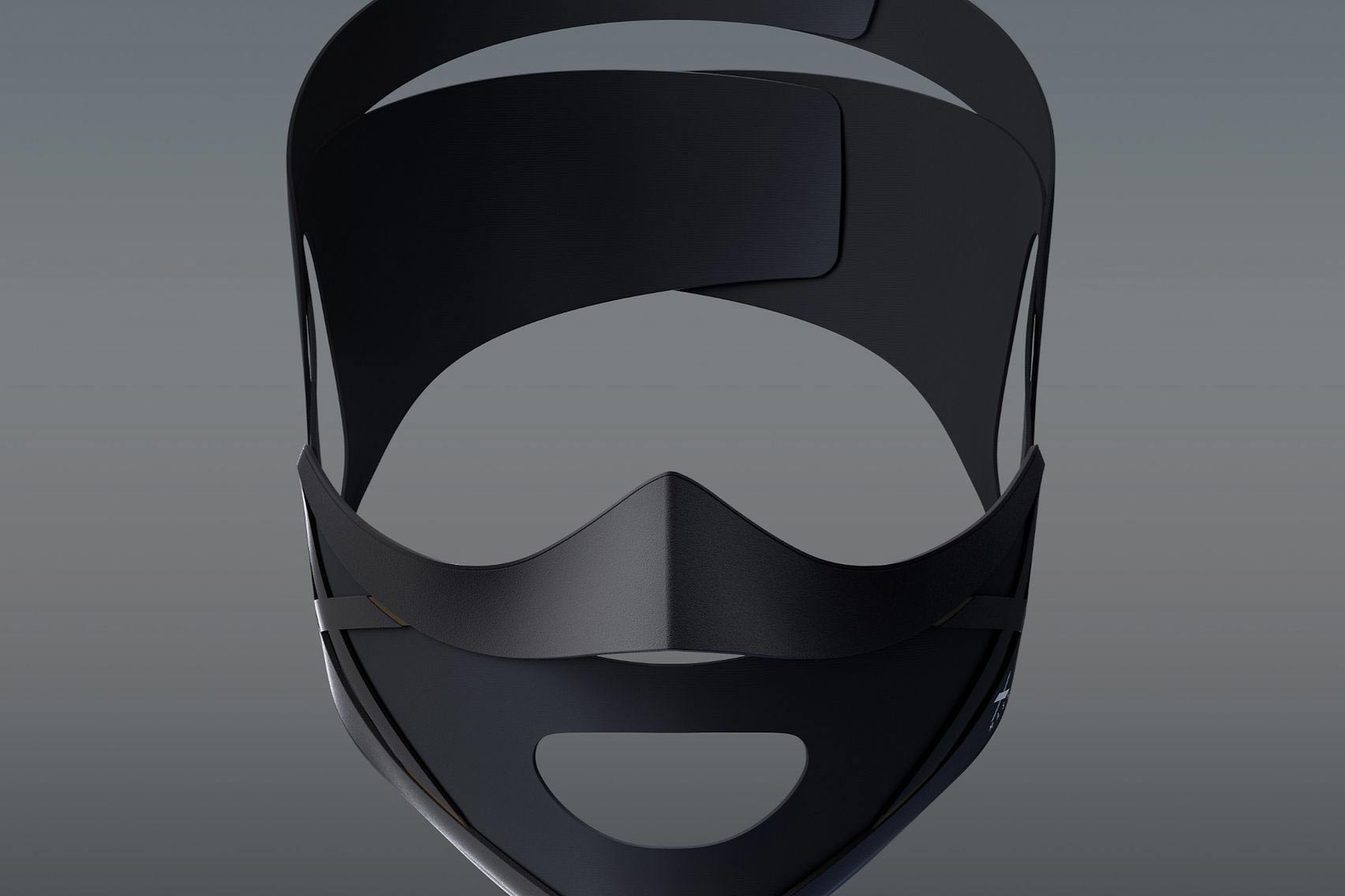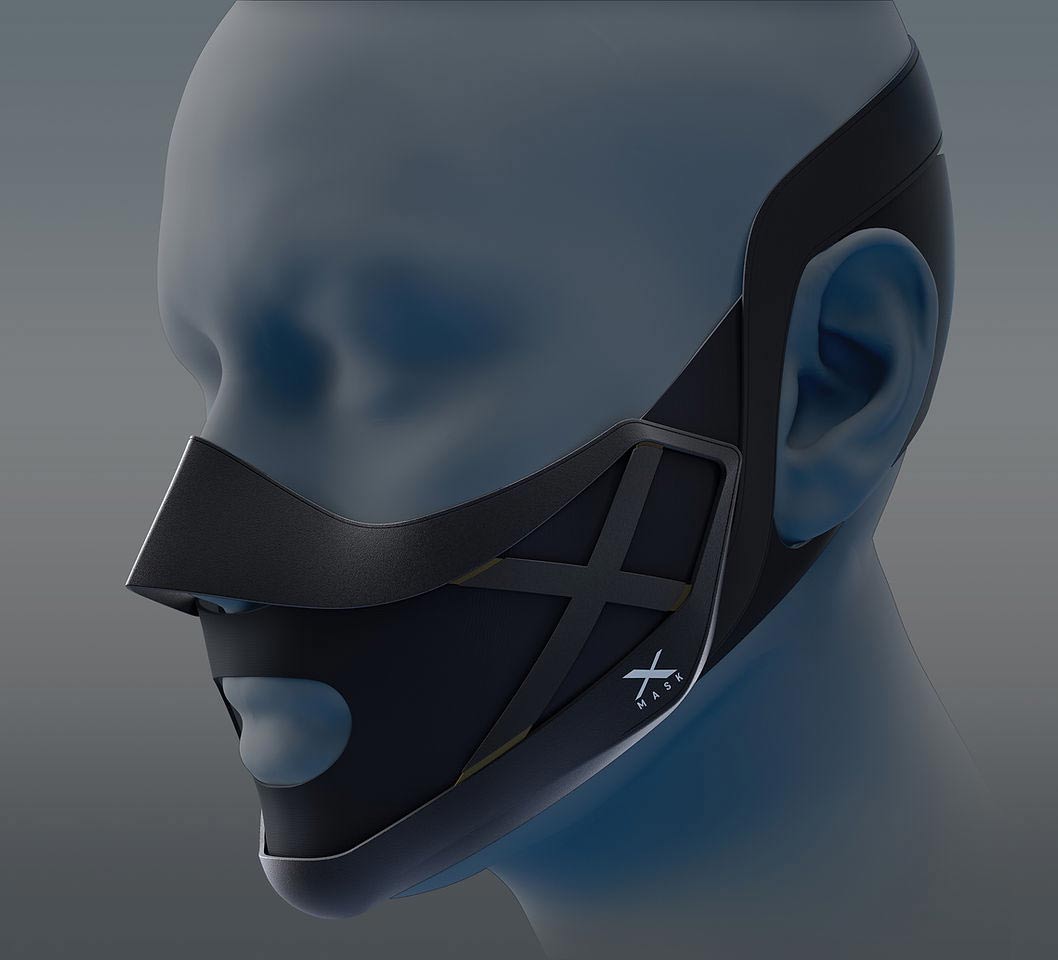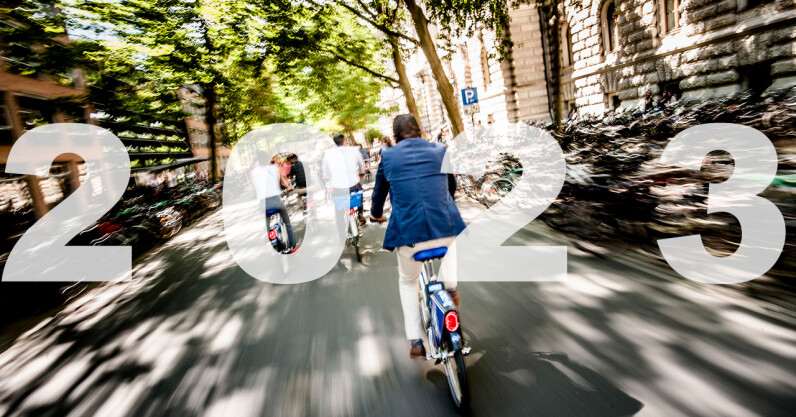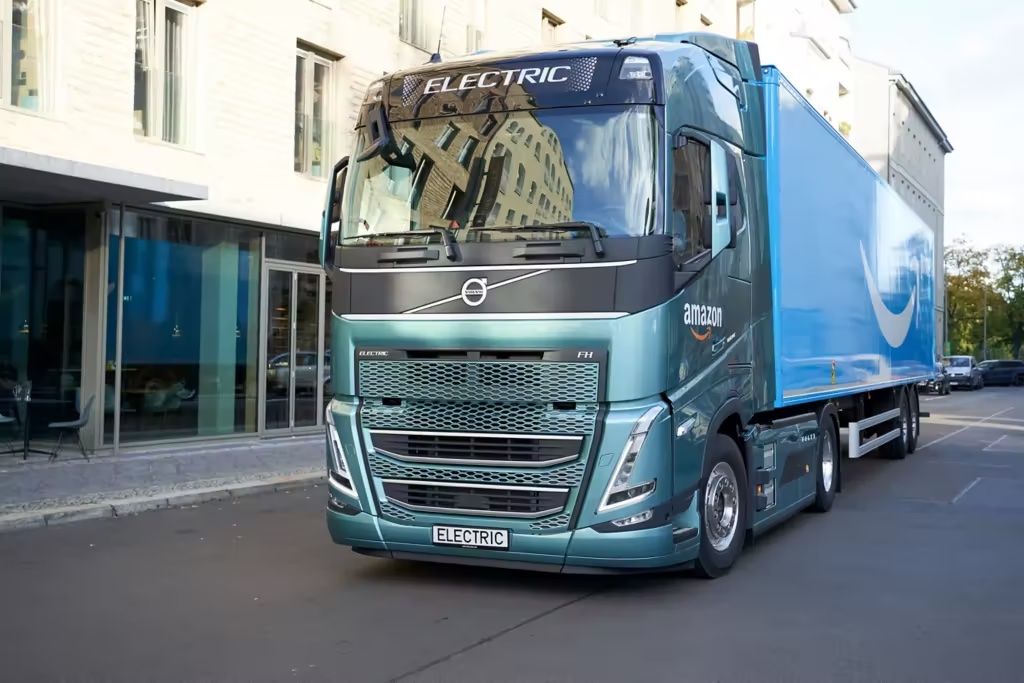The most mind-blowing Neural stories of 2022
We did it! Despite humanity’s best efforts, we made it through 2022. Before we pick ourselves up, dust ourselves off, and brace for whatever 2023 has to offer, we should probably take some time to reflect on the year that was.
Here at Neural, that means recounting our favorite stories from the past 12 months. There was a lot of mind-blowing news in the world of tech in 2022. From Elon Musk’s purchase of Twitter to former Google engineer Blake Lemoine declaring that he’d met a sentient AI, it was a year to remember.
But, rather than rehash months-old news, we wanted to take this opportunity to share our most mind-blowing and fascinating stories from the year. Some of these were big news when we published them, others have a more evergreen feel to them. But they’re all articles we’re particularly proud of.
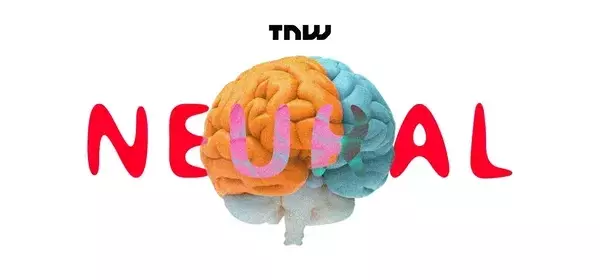
Greetings, humanoids
Subscribe to our newsletter now for a weekly recap of our favorite AI stories in your inbox.
So, before we bid you and 2022 adieu, and without further ado, here Neural’s most mind-blowing stories of the year.
Thomas Macaulay
TNW/Neural reporter Thomas Macaulay had a fantastic year. It’d take a few volumes to reprint all the amazing stories he wrote in 2022, but we’ve managed to snag five hits for your reading pleasure.

New ‘burnout’ theory explains why aliens are avoiding Earth
What if the real reason why we haven’t met aliens yet is because their civilizations became too big to succeed? This is all theoretical, but you might be surprised who the first species to experience this “burnout” could be.
An inventor resurrected his imaginary friend with AI — then it tried to murder him
It’s all fun and games until your childhood pal becomes a killer robot. This is eerily similar to the plot of the 1986 cult classic “Deadly Friend.” Although the real story is about a guy who trained an AI-powered microwave to act like his imaginary friend, and the movie was about a guy who shoved a computer chip in a dead person’s head, both tales have their merits as classic horror features if you ask me.
A plant-based filet mignon gave me a taste of a meatless future
This story is a delightful dive into what it’s like to experience culinary cuisine at the cutting edge. It’s a great story. But, if I’m being honest, my biggest takeaway is that Tom’s childhood favorite food was steak.

The Dutch are world leaders in lab-grown meat. How come they can’t eat it?
This is one of my favorites, and a perfect example of why Tom’s so good at what he does. This deep dive not only discusses the technology, but dares to ask hard questions: “It’s not vegetarian, but if it’s removed every drawback of conventional meat, why wouldn’t I eat it? And why can’t I find it in Europe?”
Elon Musk’s 7 most preposterous predictions
Elon Musk is the richest person in the world. If you ask us, that’s way less impressive than it sounds. He spent 2022 doing what he always does: making headlines and causing controversy. Rather than speculate about what he’s going to do next, we wanted to gently remind you that he has a habit of making things up as he goes along.
Tristan Greene
I’m not usually one to toot my own horn. But, since it’s the holiday season, I thought I’d share my favorite Neural stories that were written by yours truly in 2022:
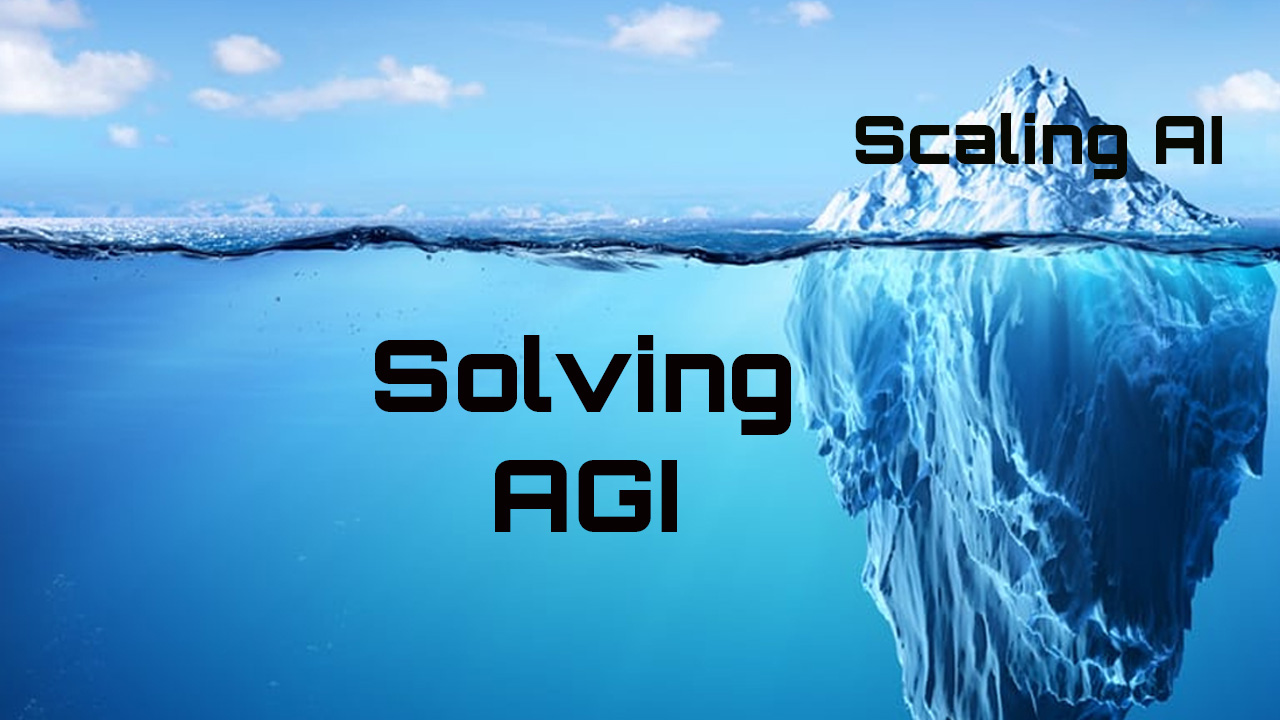
DeepMind researcher claims new ‘Gato’ AI could lead to AGI, says ‘the game is over!’
This whole thing turned into a big deal on Twitter, at least as far as the AI community goes. There was a significant amount of respectful debate that has since boiled over into numerous other discussions about fancy AI models from OpenAI and Meta.
Your brain might be a quantum computer that hallucinates math
I’m not sure who needs to hear this but, your brain is way smarter than you think it is. While you’re enjoying life in a classical world, our brains are (theoretically) operating in a quantum one. If it sounds tricky, that’s because it is.

Eureka! Scientists just linked two time crystals together for the first time
The biggest story of 2021 was Google’s time crystals. To date, I think it’s the most important story I’ve ever covered. But 2022 also had some very cool experiments in the same domain. I can’t wait for 2023!
Why ‘home robots’ are a lot further away than you think
Elon Musk and Tesla are trying to convince the world that they’re on the cusp of putting a humanoid helper robot into production. Spoiler alert: they most certainly are not. A little critical thinking goes a long way here.
Did the world actually end in 2012?
I wrote this piece in early January of 2022 and having thought about it for the whole year, I stand by it. I’m pretty sure the world ended in 2012, it’s the only thing that makes any sense.
However, if it didn’t, and all of this has been real, then I’d like to wish you a wonderful 2023. On behalf of Neural, thanks for reading. Happy new year!
The most mind-blowing Neural stories of 2022 Read More »











